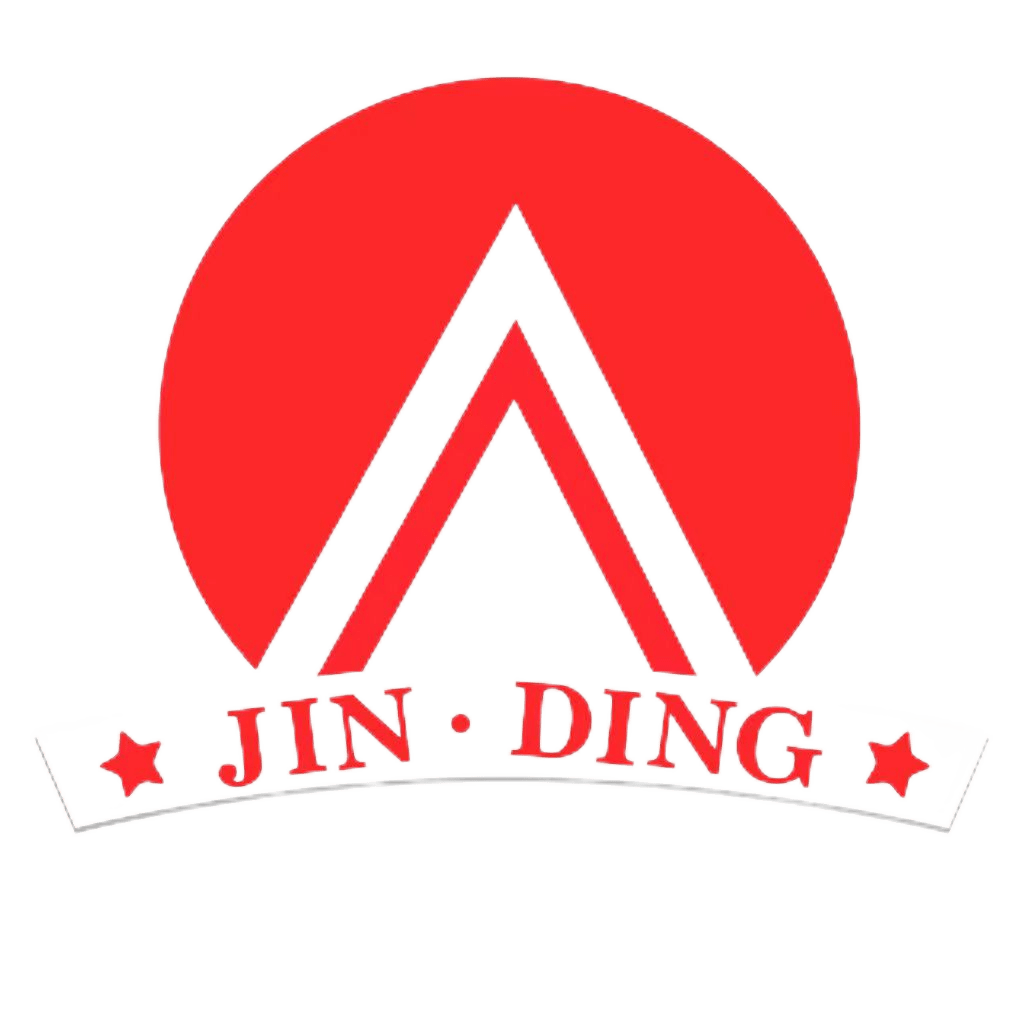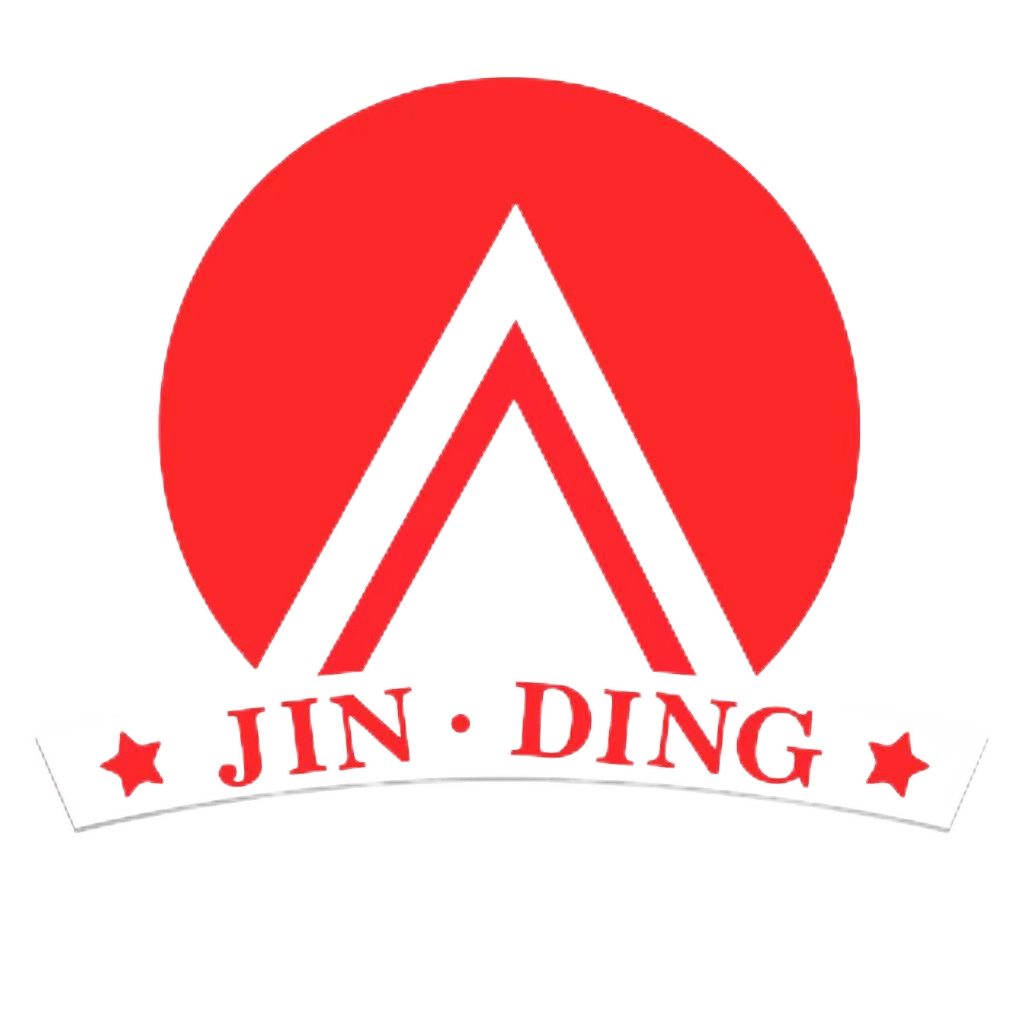Several factors can influence the pelleting process and affect the quality of feed pellets. One of the most critical factors is the roller shells used in the pellet mill. Roller shells play a critical role in the pelleting process as they compress the feed material into pellets. The quality of the roller shells can impact the production efficiency, durability, and quality of the pellets.
Other factors that can influence the pelleting process include the size and shape of the die holes, the moisture content and particle size of the feed materials, and the conditioning and pre-conditioning of the feed. All of these factors can have a significant impact on the quality of the pellets produced.
Roller shells come in different grades and qualities, and choosing the right roller shell can make a significant difference in the quality of the pellets produced. Higher-quality roller shells can result in better pellet durability, reduced fines, and fewer machine stoppages, leading to increased production efficiency and lower production costs.
1. Introduction
Feed pellet production is an essential process in the animal feed industry, as it ensures that livestock and poultry receive a balanced and nutritious diet. High-quality feed pellets are crucial for achieving optimal animal performance and health, which is why the production of feed pellets is an important consideration for feed mills. However, the production of high-quality feed pellets can be challenging, and various factors can affect the overall quality of the pellets.
2. Factors Influencing Pellet Durability Index
Pellet durability index (PDI) is an important measure of pellet quality that indicates the percentage of pellets that remain intact after being subjected to a certain amount of force or pressure. A higher PDI indicates better pellet quality, as it indicates that the pellets are more resistant to breakage and abrasion during handling and transportation.
Several factors can affect PDI, including the pellet mill settings, feed formulation, and the condition of the roller shells. Pellet mill settings, such as the gap between the roller and die, the speed of the roller, and the steam pressure and temperature, can all impact the pellet quality and PDI.
Feed formulation also plays a critical role in determining PDI, as the selection and combination of feed materials can impact the physical and chemical properties of the pellets. Factors such as the particle size distribution, moisture content, and ingredient composition can all affect the PDI of the pellets.
3. Improving Pellet Quality
To improve pellet quality, feed mills can take several steps, such as optimizing the pellet mill settings, using a pellet crumbler, and implementing regular maintenance and inspection of the roller shells. Pellet mill settings should be optimized to ensure that the pellets are produced with the desired size, shape, and density.
Using a pellet crumbler can also improve the quality of feed pellets by reducing the amount of fines produced during the pelleting process. Fines can be detrimental to pellet quality as they can reduce the PDI and cause clogging in the feed lines, leading to reduced feed intake and growth performance.
Regular maintenance and inspection of the roller shells can also help improve the quality of feed pellets. Worn or damaged roller shells can lead to reduced production efficiency and quality, so it is essential to replace them regularly and inspect them for signs of wear and damage.
4. Pelletizing Process for Poultry Feed
The pelleting process for poultry feed has specific considerations, such as the importance of feed quality and the role of roller shells in the pelleting process. Poultry feed should be formulated with high-quality ingredients and balanced nutrition to ensure optimal growth and performance.
The selection of roller shells is also crucial for producing high-quality poultry feed pellets. Poultry feed requires a higher PDI compared to other types of feed, as the pellets need to withstand the stress of handling and transportation.
Optimizing the pelleting process can help improve the quality of poultry feed pellets and increase production efficiency, leading to reduced production costs and improved animal performance.
6. Conclusion
In conclusion, the production of high-quality feed pellets is essential for achieving optimal animal performance and health. Several factors can affect the quality of feed pellets, including roller shell quality, die holes, feed materials, and pellet mill settings. Improving pellet quality requires optimizing the pelleting process, using a pellet crumbler, and regular maintenance and inspection of the roller shells.
For poultry feed, the selection of roller shells and feed formulation are particularly critical to achieving high-quality pellets with a high PDI. By paying attention to these factors and implementing best practices for feed pellet production, feed mills can improve pellet quality, reduce production costs, and ensure optimal animal performance.


